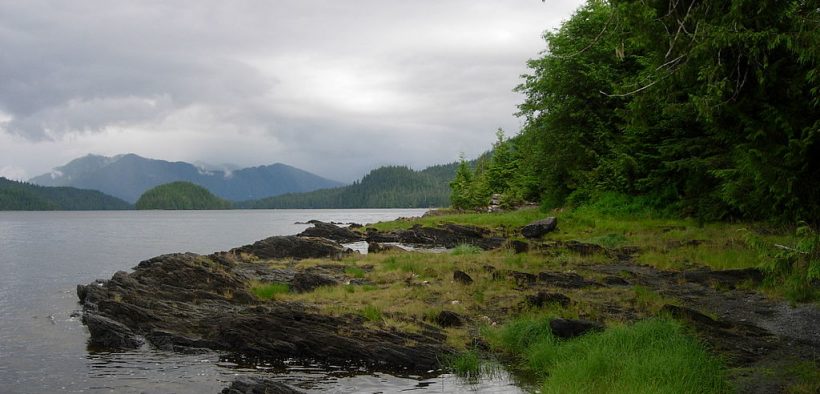Trump Administration Moves To Open Nation’s Largest National Rainforest For Development

“It should never have been applied to our state, and it is harming our ability to develop a sustainable, year-round economy for the Southeast region, where less than one percent of the land is privately held,” Sen. Murkowski.
The Trump administration is moving to lift logging restrictions on the largest national rainforest in the United States, Alaska’s Tongass National Forest, according to the Washington Post.
The president reportedly ordered Agriculture Secretary Sonny Purdue to lift the Clinton-era “roadless rule” which prohibited “road construction, road reconstruction, and timber harvesting on 58.5 million acres of inventoried roadless areas on National Forest System lands.”
The move would impact the majority of the 16.7 million-acre national rainforest and enable logging, mining, and energy projects.
Alaskan lawmakers Gov. Mike Dunleavy and Sen. Lisa Murkowksi have both pushed the Trump administration to exempt the rule, arguing it inhibits their state’s economic development.
“It should never have been applied to our state, and it is harming our ability to develop a sustainable, year-round economy for the Southeast region, where less than one percent of the land is privately held,” Sen. Murkowski told the Washington Post.
Environmentalists widely condemned the news, as the rainforest is renowned for its natural beauty and 120-year old trees that help support a diverse ecosystem including brown bears, wolves, bald eagles, and all five species of pacific salmon. Other critics argued the forest’s development would hurt Alaska’s seafood and tourism sectors, which comprise a larger share of the economy than logging:
“Timber provides a small fraction of southeastern Alaska’s jobs — just under 1 percent, according to the regional development organization Southeast Conference, compared with seafood processing’s 8 percent and tourism’s 17 percent,” wrote the Post.
Chris Wood, president of the environmental group Trout Unlimited, told the Post that more limited changes to the rule should be made, because its total removal would endanger the region’s salmon fishing industry.
Wood explains that about 40% of the wild salmon who travel down the West Coast originate in Tongass. The forest and the salmon are interdependent, as the old trees maintain sediment and keep streams at a cool temperature, while the salmon return to the rainforest with nutrients that support growth.
“They need to keep the trees standing in order to keep the fish in the creeks,” argued Wood, who worked on the original “roadless rule” and said the Forest Service has grown increasingly aware of the need to protect the rainforest’s salmon. The Forest Service estimates the salmon industry is worth $986 million annually.
“The forest has come back,” Dan Blanchard, the owner of an adventure-tourism company that has 350 employees and brings 7,000 guests to Alaska each year, told the Post. “The demand for wilderness and uncut areas have just dramatically increased. Our view here is, there are very few places in the world that are wild. Here we have one, in southeast Alaska, and it’s being put at risk.”















